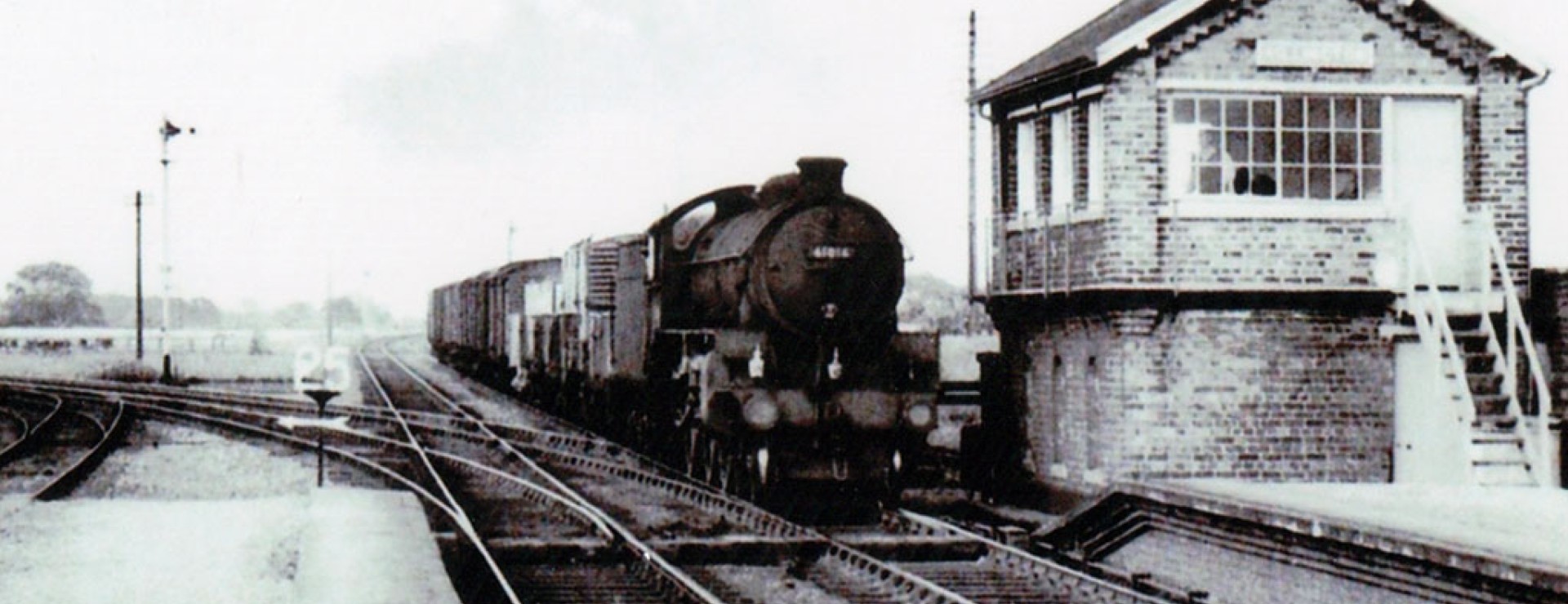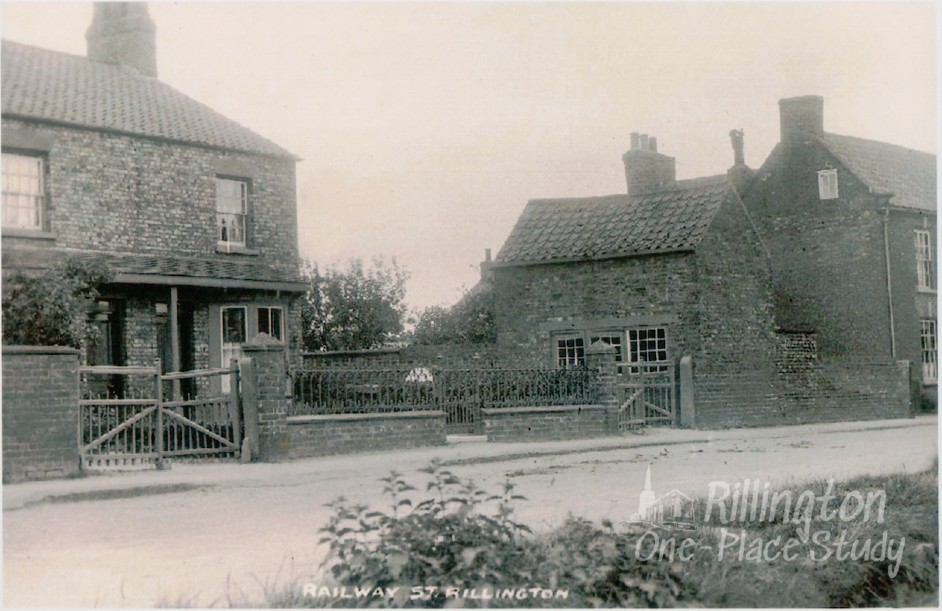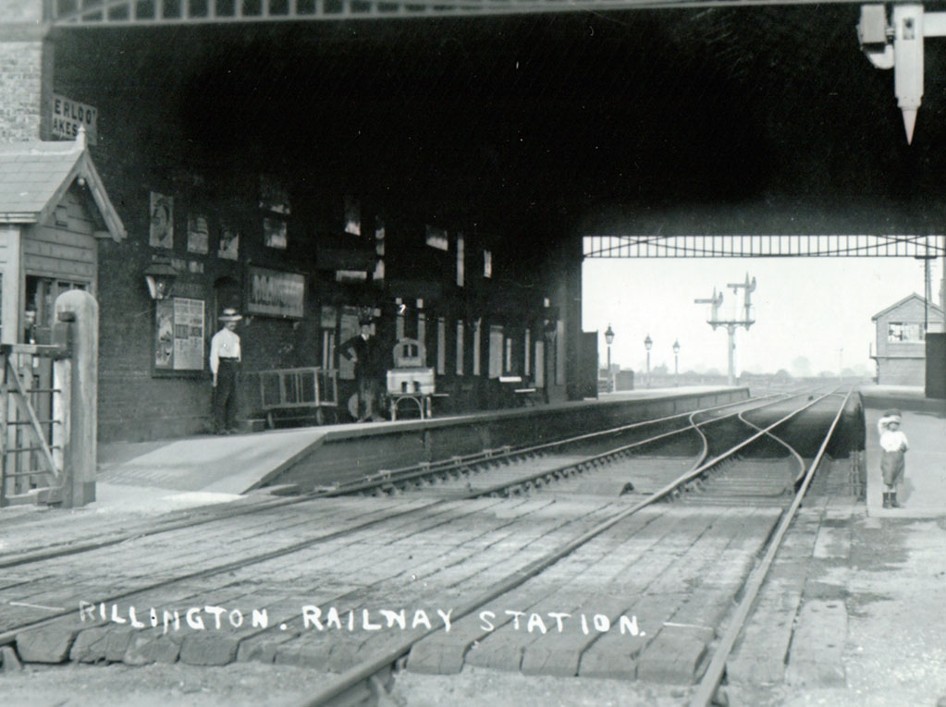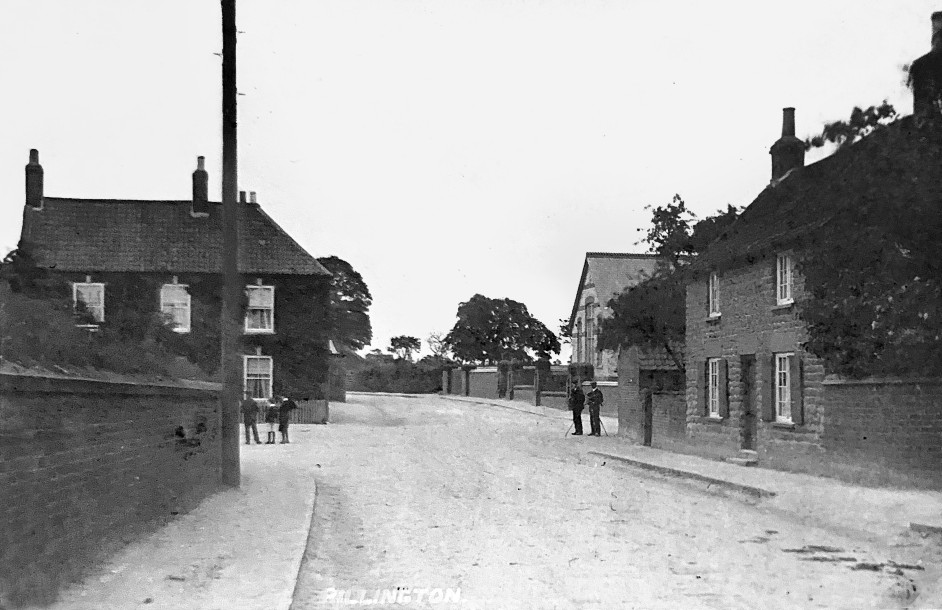
Transport and Communications
A Journey Through Time: Rillington’s Transport Legacy
Transport is the lifeblood of any thriving community – it sustains the flow of goods in and out, fuels the local economy, and connects people to opportunities near and far. In Rillington’s history, the evolution of transport has shaped the very essence of the village, influencing growth, employment and overall progress.
From ancient waterways to the revolutionary advent of railways and modern roads, transport has played a pivotal role in shaping the narrative of Rillington. Each milestone showcases a village that thrived and continues to thrive on its connections to the wider world.
Derwent Inland Navigation System: 1702
In 1702, a network of water transport opened up new possibilities for Rillington. This system allowed goods to be exported and materials to be imported, reaching deep into the local countryside. Situated on the River Derwent’s banks, Rillington could now accommodate sloops travelling to and from the Humber.
Legend has it that milk churns were floated down the river for sale in Malton. This system remained crucial until the arrival of the railway in 1845, which marked its decline.
The Roads Take Shape: 1752
Once, packhorses were the primary means of transporting heavy goods across the county. With the increase in traffic from carriages, coaches, and wagons, turnpike/toll roads were introduced to fund highway construction and future upkeep.
The route from Scarborough’s Spa Wells, passing through Whitwell, Malton, Rillington, Yedingham Bridge, Snainton, and Ayton, became a major thoroughfare. It was turnpiked in 1752, meaning costs were collected from travellers at various toll bars.


The Railway Revolution: 1845
Rillington joined the growing national railway network when the York and North Midland Railway (Y&NM) line opened on July 1, 1845. The station, located a mile north of the village centre, later saw bicycle taxis ferrying travellers. The line was extended to Scarborough, with a further link to Whitby.
The railway’s arrival had a profound impact on Rillington. A burgeoning population led to the expansion of existing brick pits to meet housing demands, along with the growth of associated trades and entertainment venues. In 1965, as part of Dr Richard Beeching’s plans, the line was closed between Rillington and Grosmont junctions.
Today, trains still run between York and Scarborough, though Rillington station ceased passenger operations in 1930.
Modern Roads: 2023 and Beyond
Despite improvements in road conditions, the bustling A64 around Rillington has faced challenges in recent times. Sinkholes, water main bursts, and resurfacing works have arisen due to the sandy local soils, leading to road closures and diversions.
The A64 serves as a vital link between Leeds, York, and Scarborough, facilitating local and national travel, freight transport, and rural activities. The Coastliner bus service currently operates along this route.

Explore the Professions and Occupations that helped Rillington support a thriving local community.
Thank you for visiting Rillington History!
Do you have a story or local knowledge you’d like to share with us? We’d love to hear from you! Get in touch and be a part of Rillington’s living history.
